Whether your interests are more geared toward exploring historic gardens, admiring Picasso paintings or studying historic artifacts, LaGrange is a town simmering with culture and history. Check out some of our suggestions for our favorite ways to currently enjoy the town’s past.
Museums
LaGrange Art Museum
The building, now home to LaGrange Art Museum, has lived many lives. Built in 1892, the beautiful Victorian structure first existed as the Troup County Jail, then as a furniture store and later as the LaGrange Daily News offices. The building first became an art museum in 1978 when the Callaway Foundation donated the historic building to the Chattahoochee Valley Art Association. The museum’s permanent collection began when local artist Lamar Dodd donated one of his paintings to the collection.
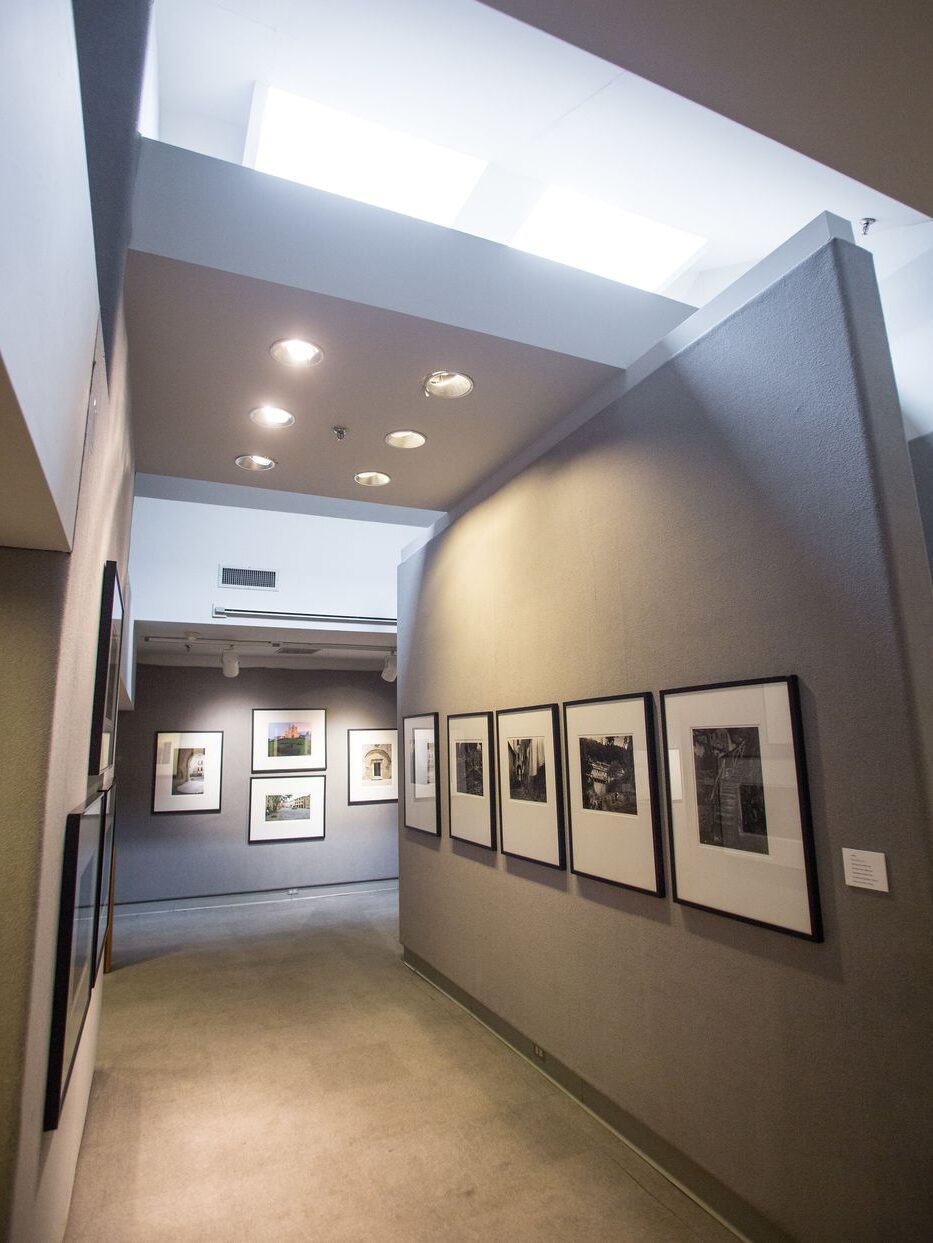
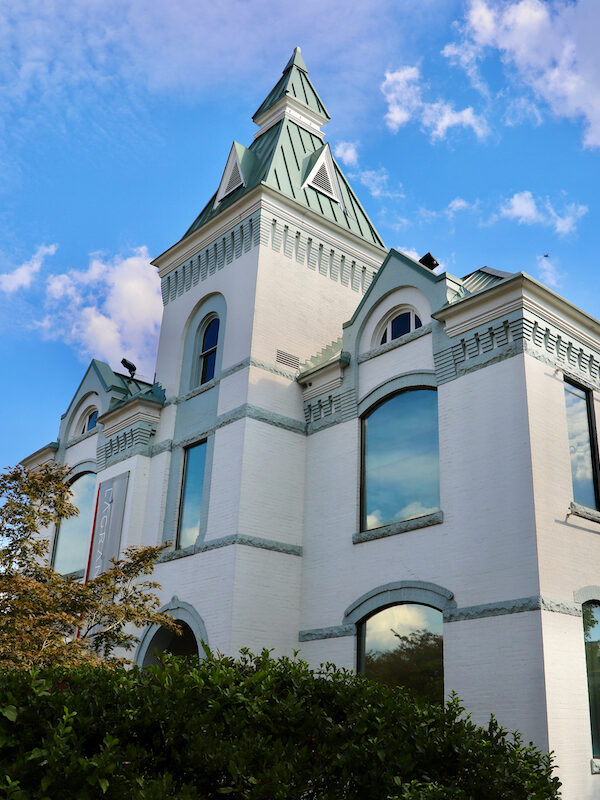
The museum is committed to the education and enjoyment of visual arts for its community. Through high-quality collections, exhibitions, education programs and community outreach initiatives, LaGrange Art Museum has become a cultural and educational leader in town.
Lamar Dodd Art Center
Lamar Dodd Art Center is located in a three-story, 32,000 square-foot facility on the LaGrange College campus and houses the college’s art department. The art center is named after celebrated artist Lamar Dodd who took his first formal art class at the college. The building itself is just as worth visiting as the art inside.
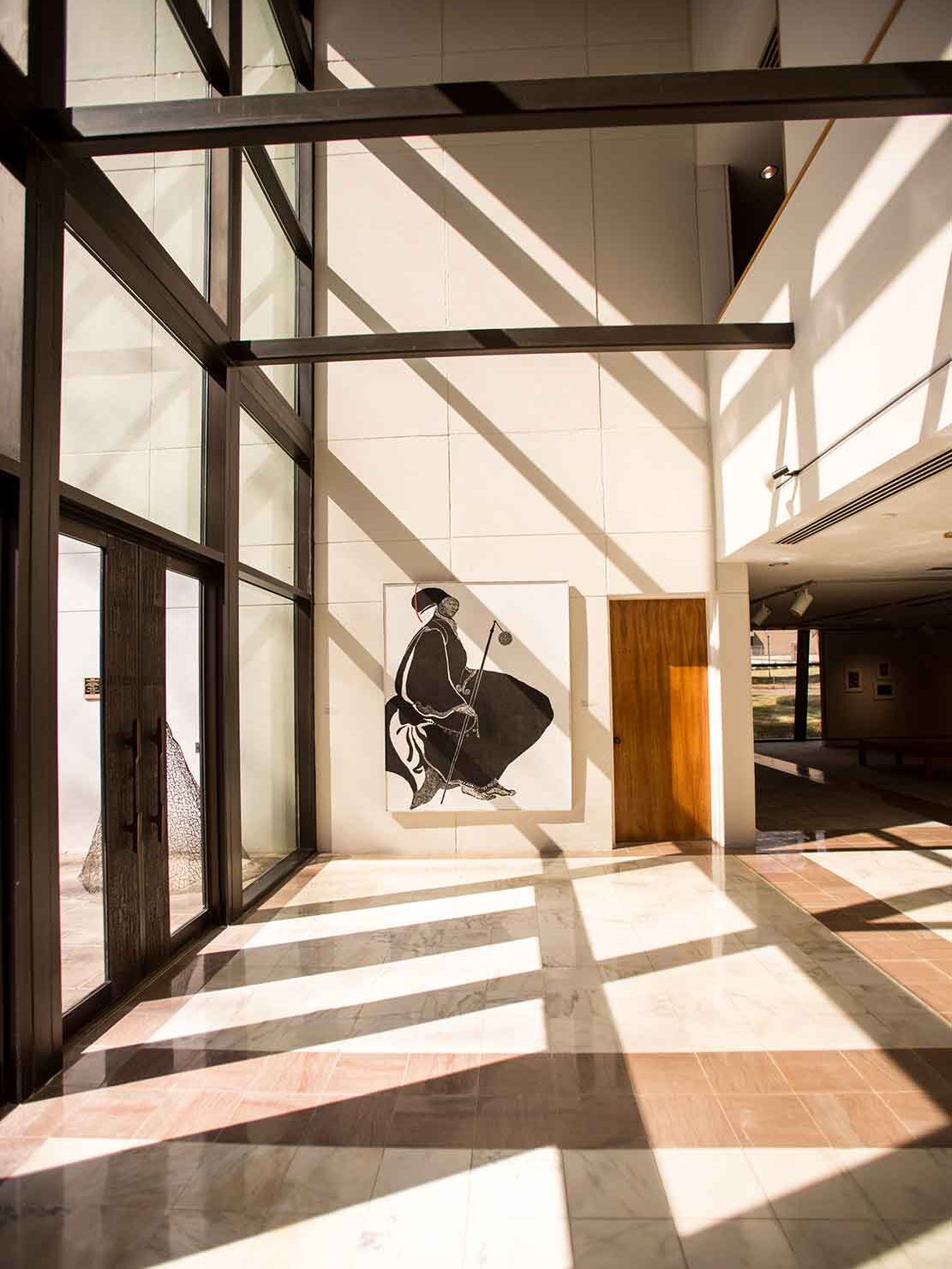
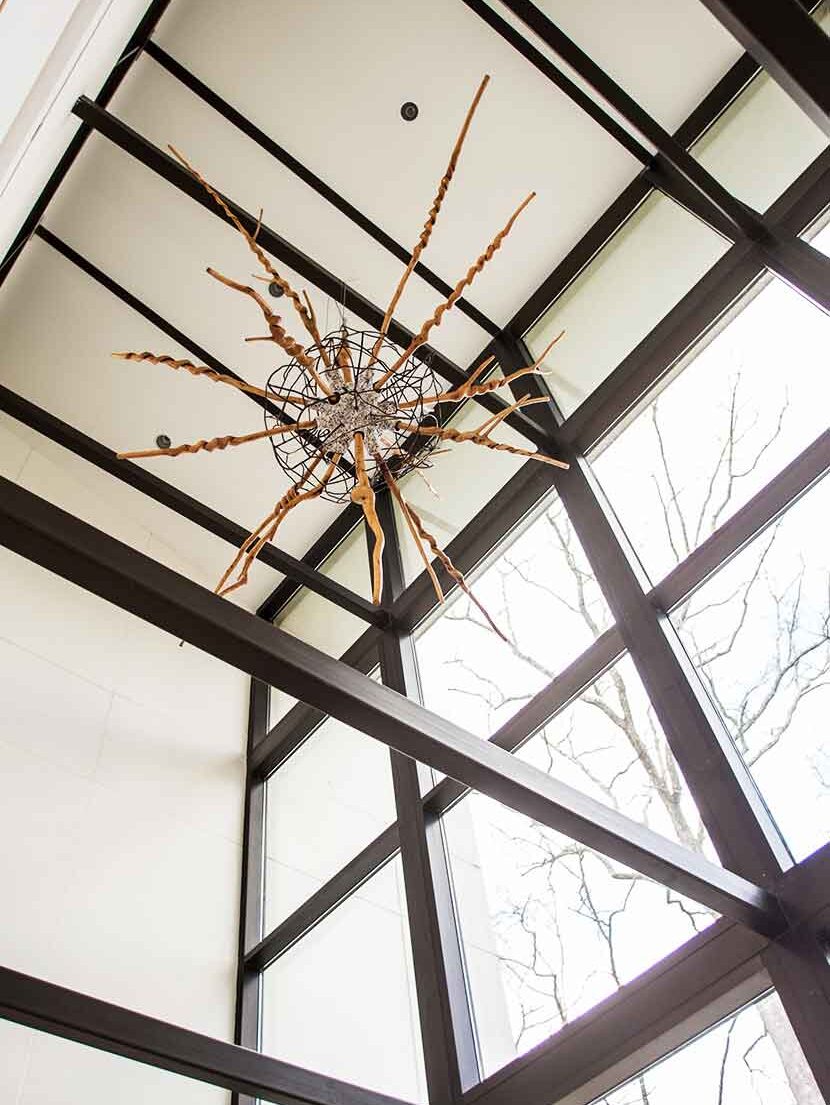
The museum displays a retrospective collection of Dodd’s works, the Josephine Altman Case collection of Plains and Southwest American Indian Art, a Masters of Twentieth-Century Photography Collection and individual works by Rembrandt, Houdon, Dali, Picasso and others.
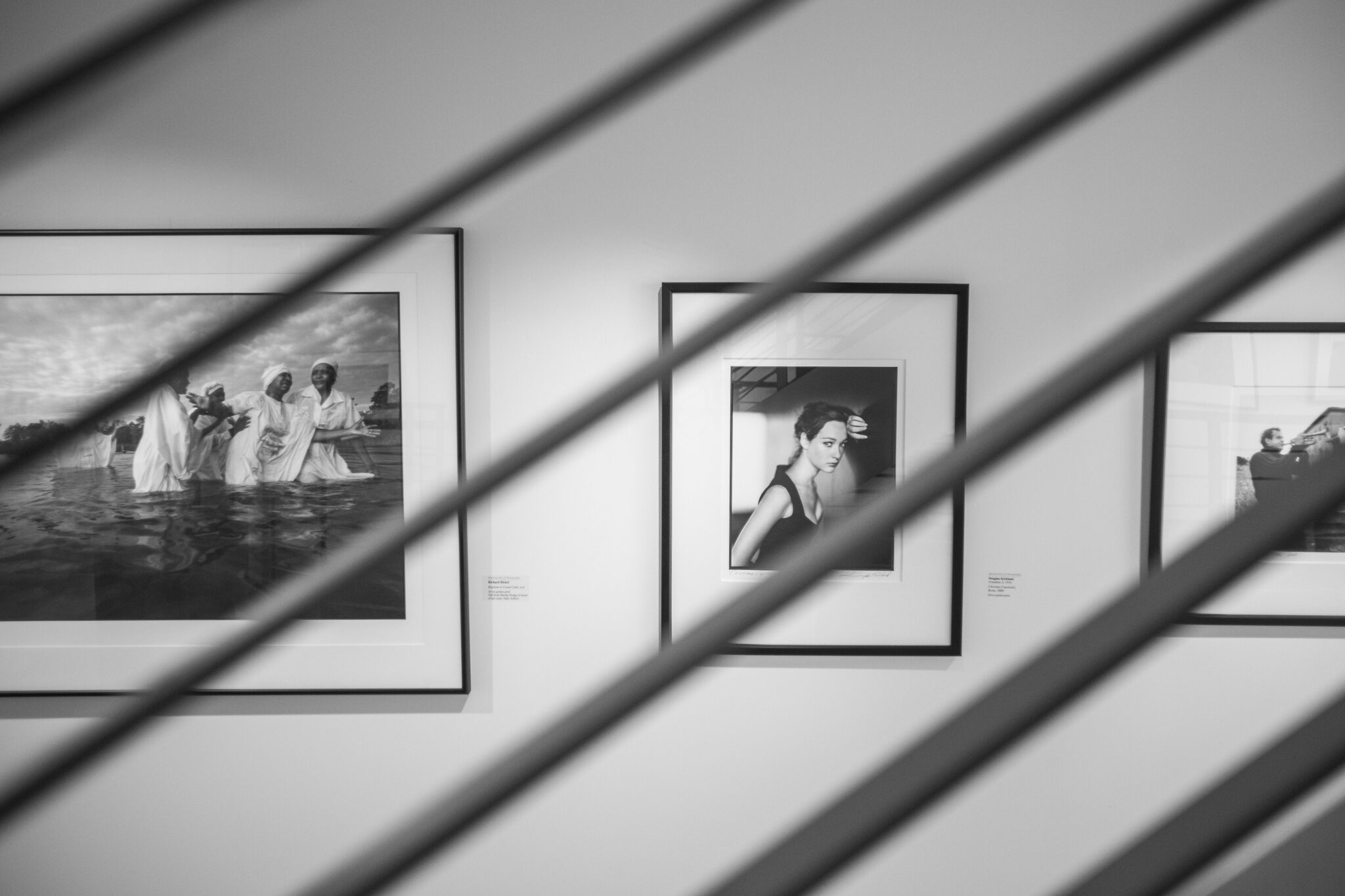
The art center plays an important part in the education and future success of art students from LaGrange College. Every spring, senior art students prepare an exhibit for the center of their best works from their time at the college.
Cochran Gallery
In the 1970s, couple Wes and Missy Cochran started collecting art together after Wes found interest in original prints by popular contemporary artists. In 2007, Wes and Missy opened the Cochran Gallery located in a prime location on Lafayette Square. Their now vast collection of works are displayed all over the world (when they are not displayed here in LaGrange).
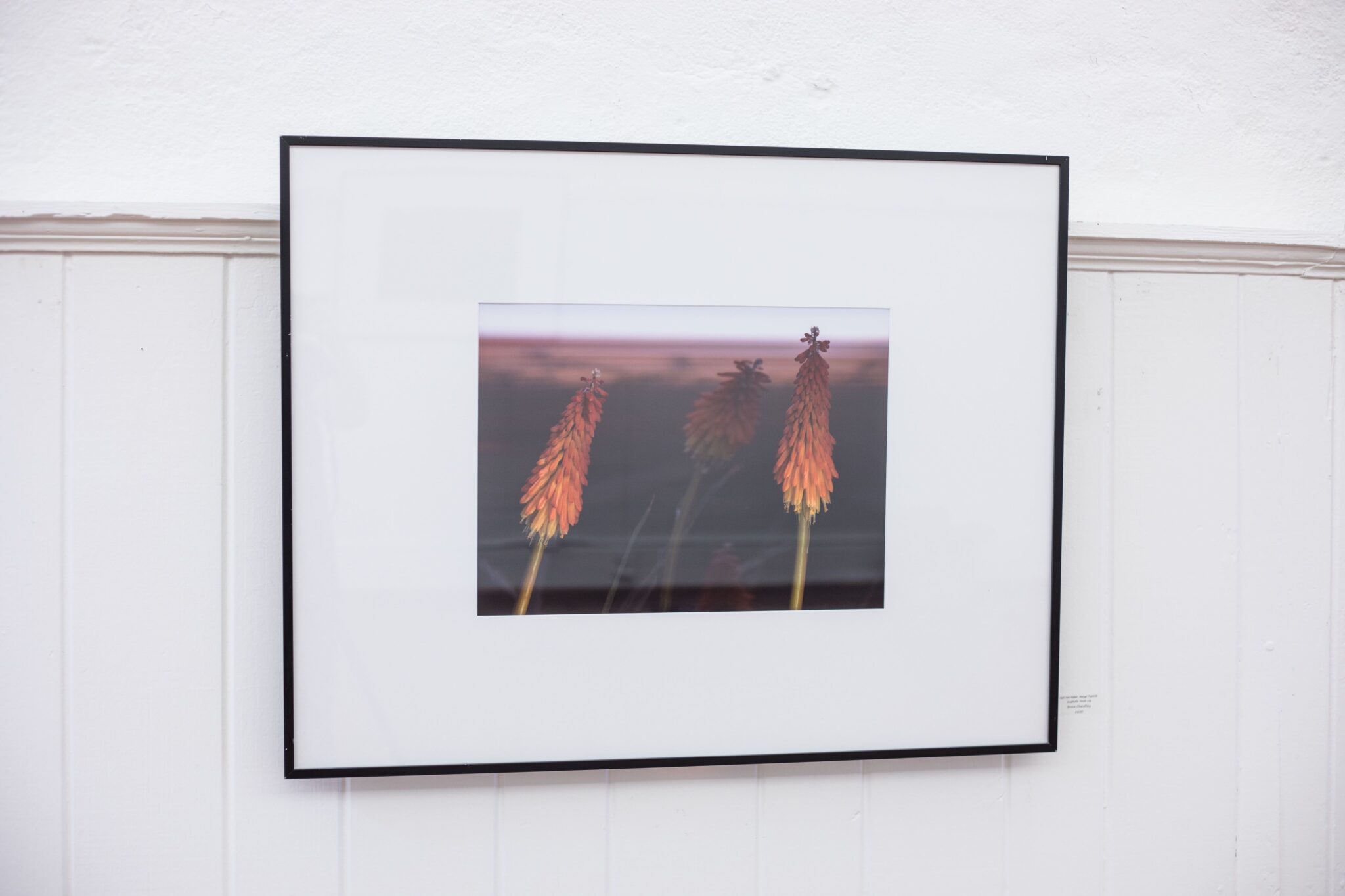
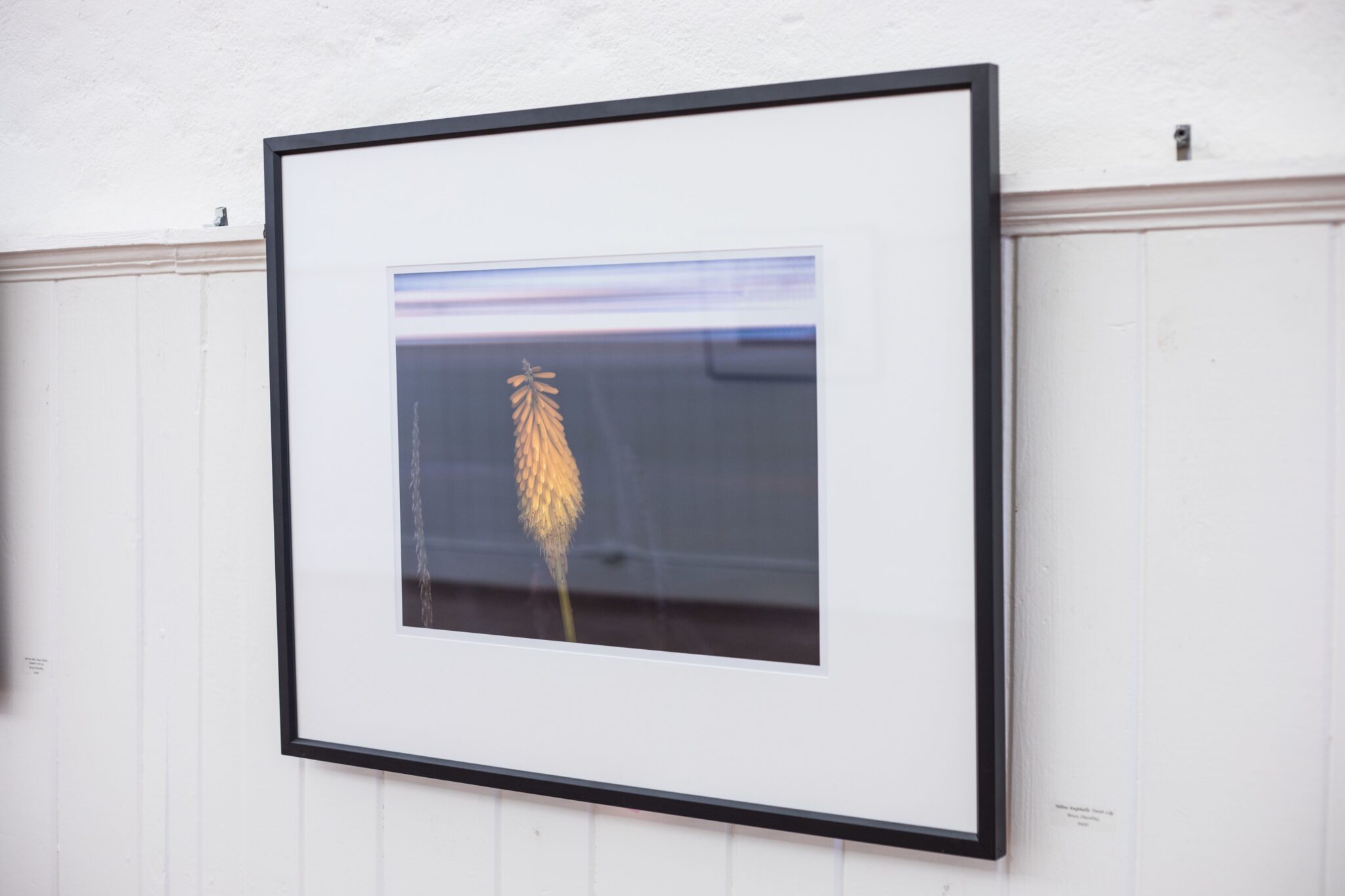
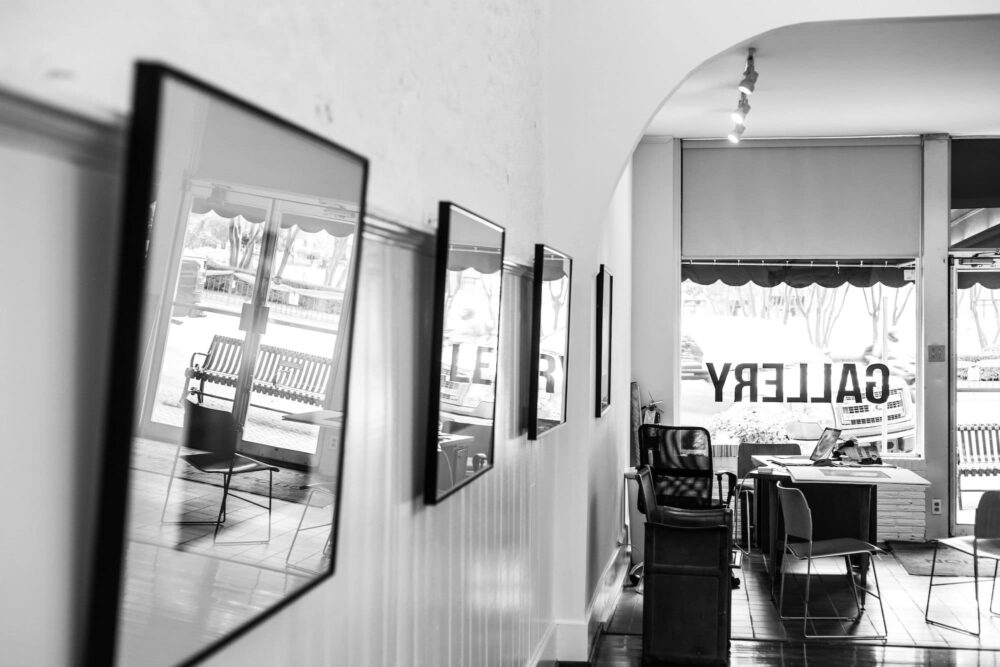
Whether the current exhibition on display is from the Cochran’s personal collection or not, there is always something intriguing to see at the Cochran Gallery.
Legacy Museum on Main
Legacy Museum on Main is the prime location for the permanent preservation of historical papers for Troup County, Georgia. Make sure to see the extensive collection of Troup County History. Learn about the textile industry that formed Troup County—some of the mills still stand today.
The museum’s rotating gallery features various temporary exhibits from the archives collection along with traveling exhibits from other nationally recognized collections. The museum’s collection includes sections that highlight the earliest Creek settlement, influx of pioneers, advancement in transportation, Civil War history, World War II and changes to downtown and recent history.
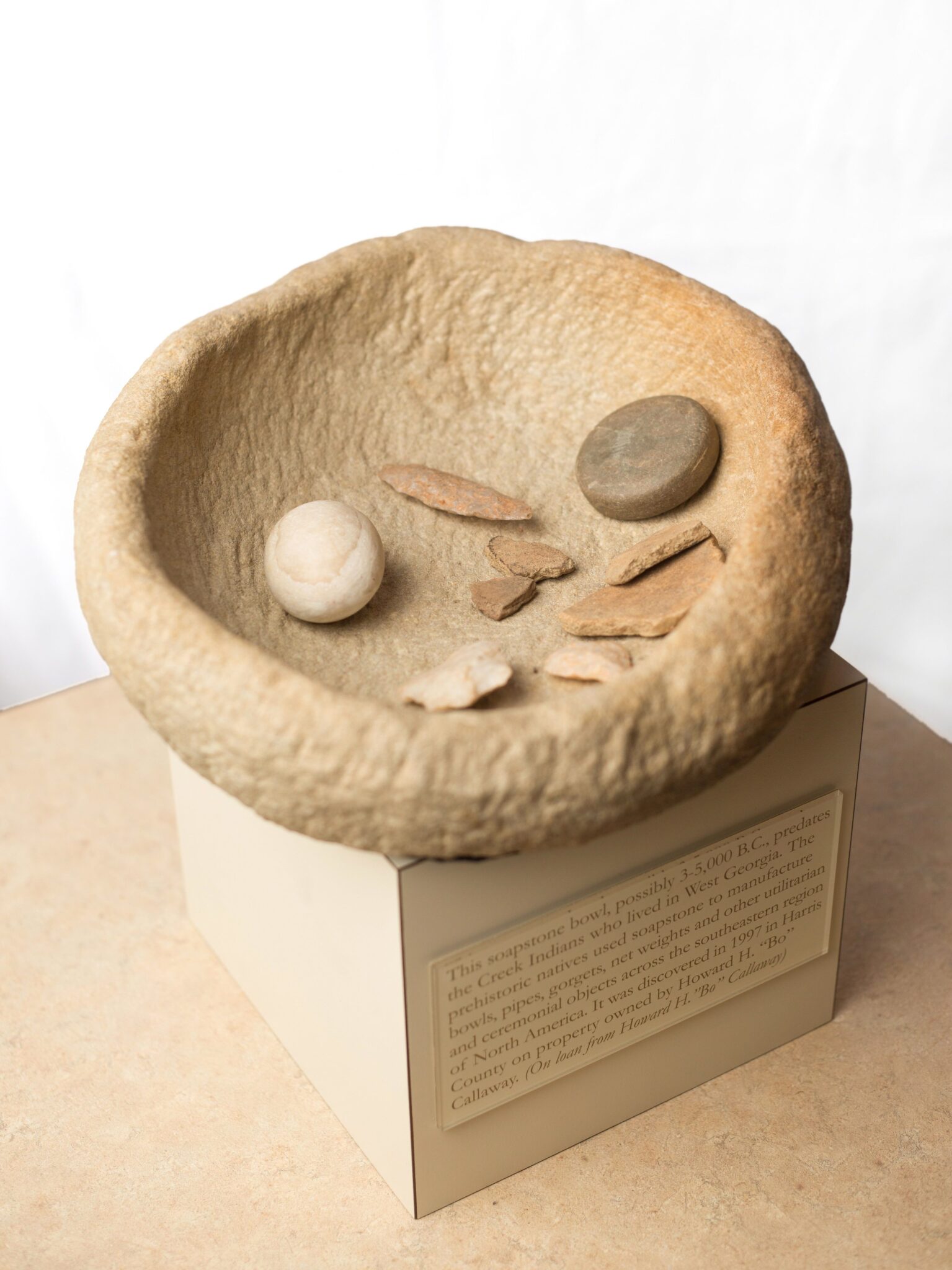
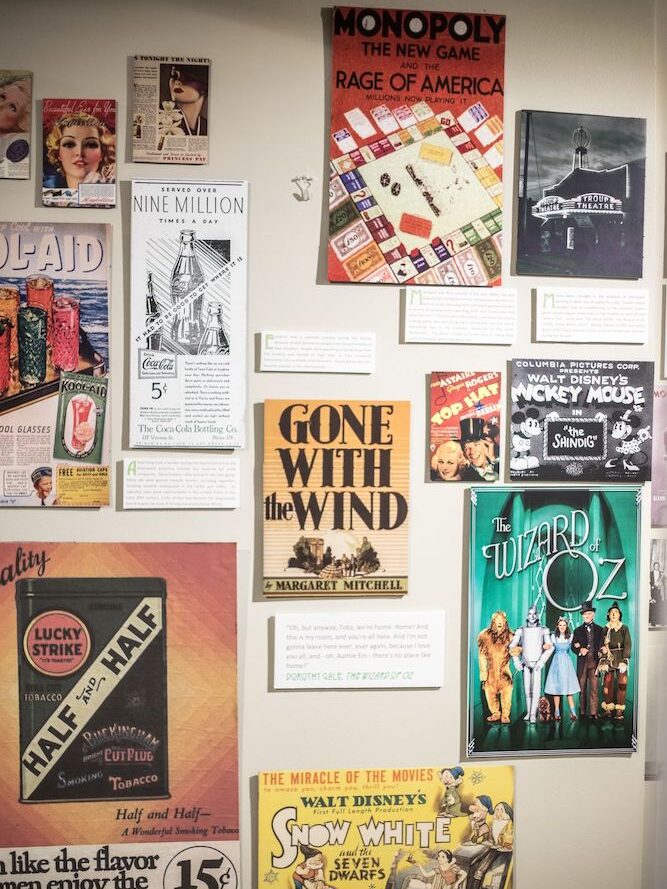
The second floor of the museum houses the library and research rooms of the Troup County Archives. Visitors are given access to the genealogical and historical collections of the archives. Also worth noting is an 1870s bale of cotton grown in Troup County. Previously on display in the Georgia State Capitol, the bale of cotton is proclaimed the “oldest bale of cotton in the U.S.”
Historical Sites and Notable Architecture
Bellevue Mansion
Bellevue Mansion is one of the best examples of Greek Revival architecture in Georgia. Located in the heart of LaGrange, the impressive antebellum home is recognized as a National Historic Landmark by the National Park Service and listed on the National Register of Historic Places. The mansion was purchased by the Fuller E. Callaway Foundation in 1942 and given to the LaGrange Woman’s Club who still provide support and supervision for the home.
The mansion is decorated in the style of the 1850s. The exterior features ionic columns across wide porticos. The interior displays black, Italian marble mantles, plaster ceiling medallions and massive carved wood cornices that adorn the doors and windows. The upstairs floor features a half-tester bed, family mementos and an impressive collection of period pieces.
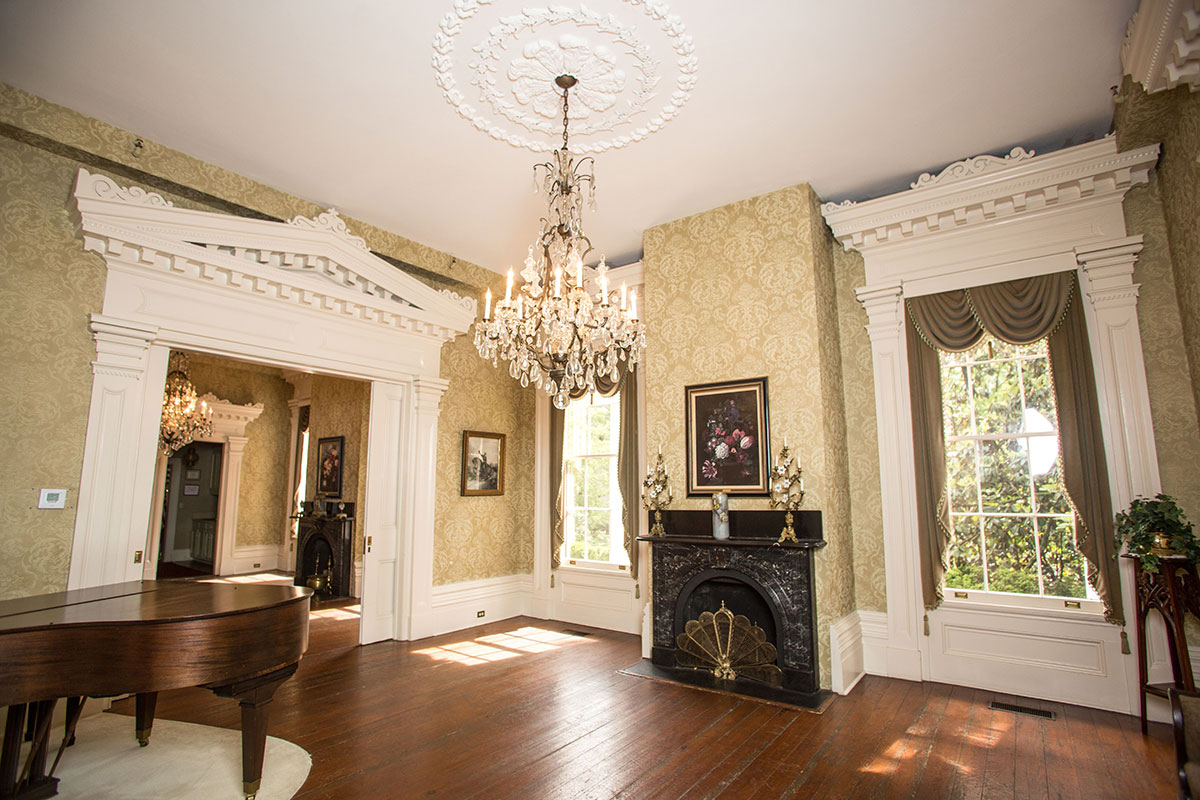
Hills & Dales Estate
Completed in 1916, Hills & Dales Estate is one of the finest historic homes in America today. Designed by renowned architects Neel Reid and Hal Hentz, the 13,000 square foot home is said to have been inspired by Charles Adams Platt, an artist, architect and landscape gardener and designer known for complementing his architecture with his landscape designs—specifically his adaptations of Italian Villas set in formal gardens.
With one of the best-preserved 19th century gardens in the United States, the 35-acre estate is designed to flow gracefully into its gardens—a series of dwarf boxwood parterres planted by Sarah Ferrell, which have adorned the terraces of the hill for more than 175 years. The Italian style of the home is exemplified by its white stucco exterior and red tile roof.
On the east side, a grand two-story portico featuring ionic columns presents a breathtaking view of the estate. Neel Reid’s more classic style is featured in the interior, with the grand double staircase, stone fireplaces and flair for embellished details.
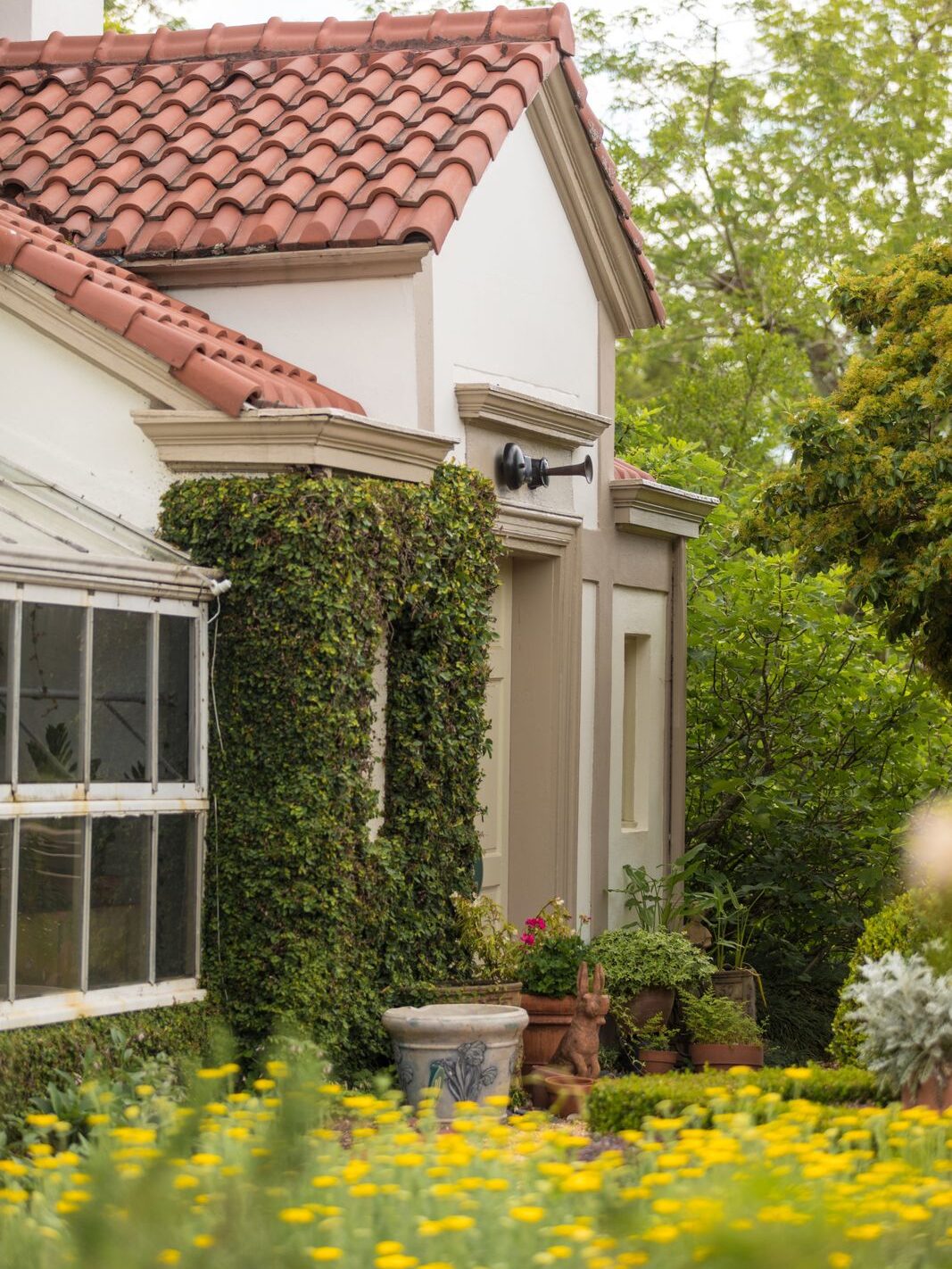
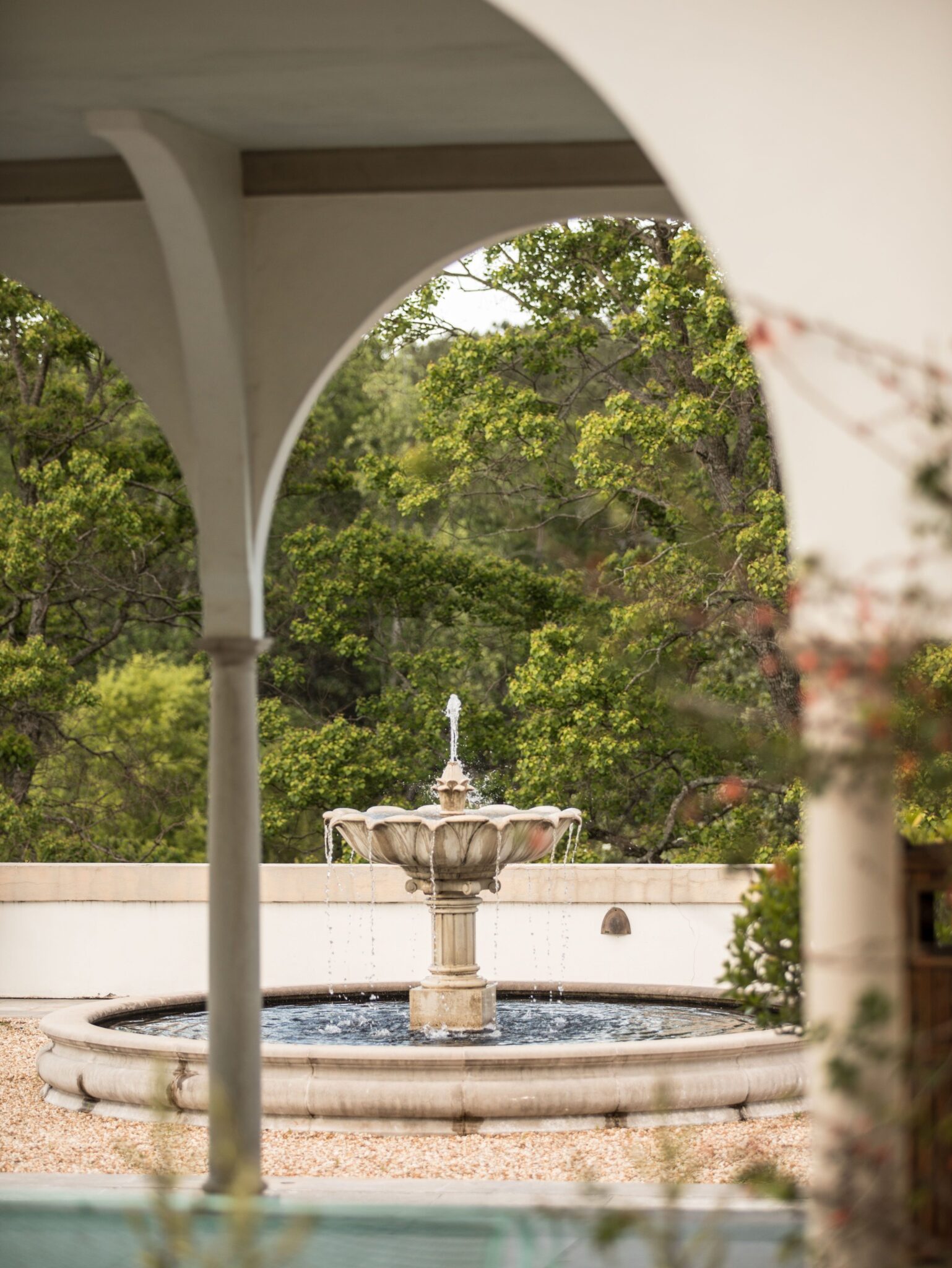
Previously the home of textile tycoon Fuller E. Callaway, Sr. and his family, Hills & Dales Estate has become a national treasure. Preserved by the fourth generation of the Callaway family, Hills & Dales is now open to the community.
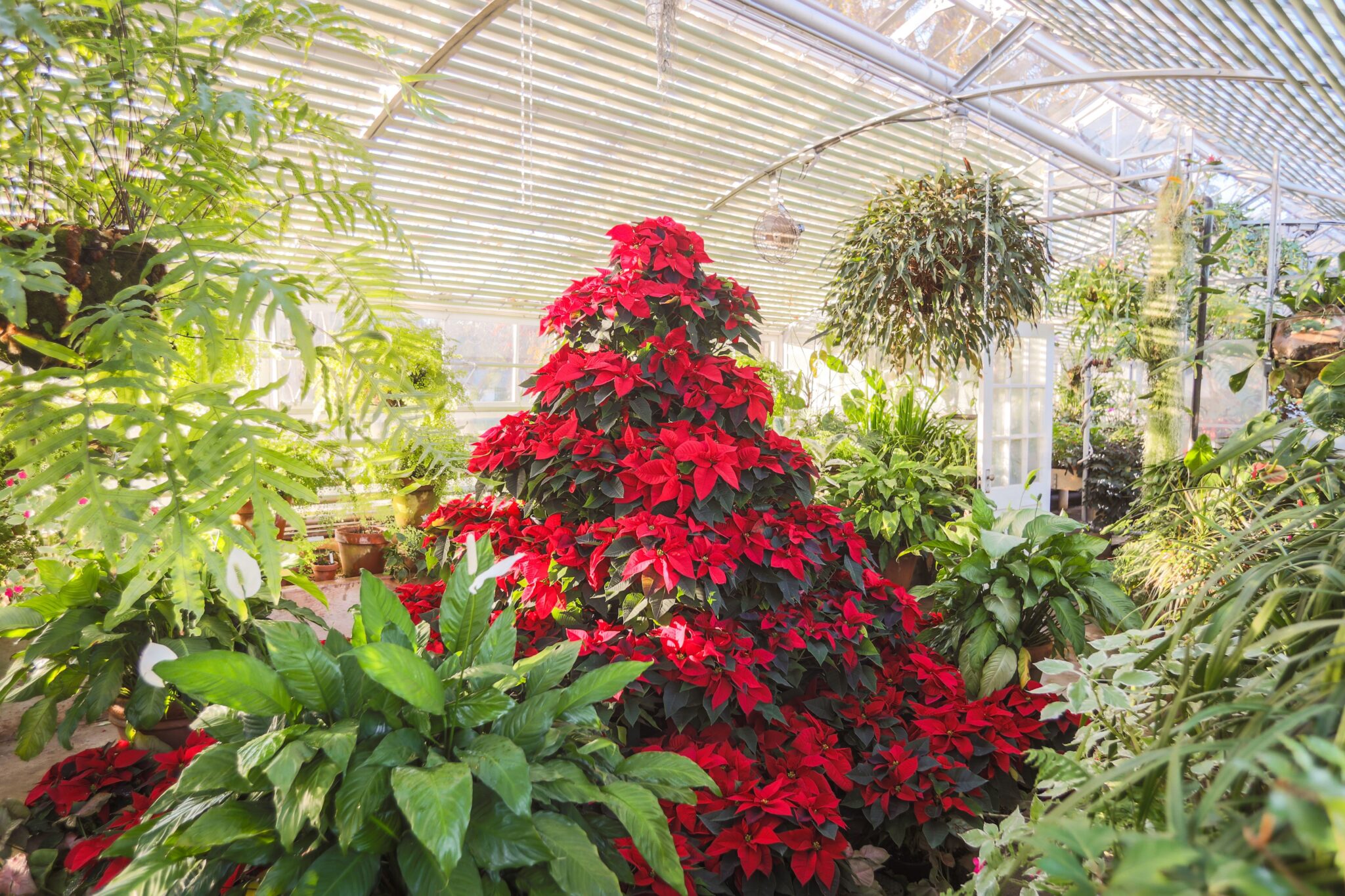
Guests are invited to visit, enjoy the grounds and learn more about the family legacy of stewardship. The visitor center features museum exhibits, a 14-minute orientation film and a gift shop. A great activity for the whole family, a children’s guide featuring Earl the Squirrel allows children to explore the estate and earn a prize for completing a treasure hunt.
LaGrange College
Founded in 1831, LaGrange College is the oldest private college in Georgia. Nationally recognized, the school was originally established as a women’s college just three years after the city of LaGrange was born. In 1851, LaGrange College joined the few accredited female colleges in antebellum Georgia, officially receiving the name LaGrange Female College. In 1934, the school’s name changed once more to LaGrange College and it began admitting males full-time in 1949. In 1953, the Board of Trustees voted to make the school officially co-ed with the offering of both male and female dorms.
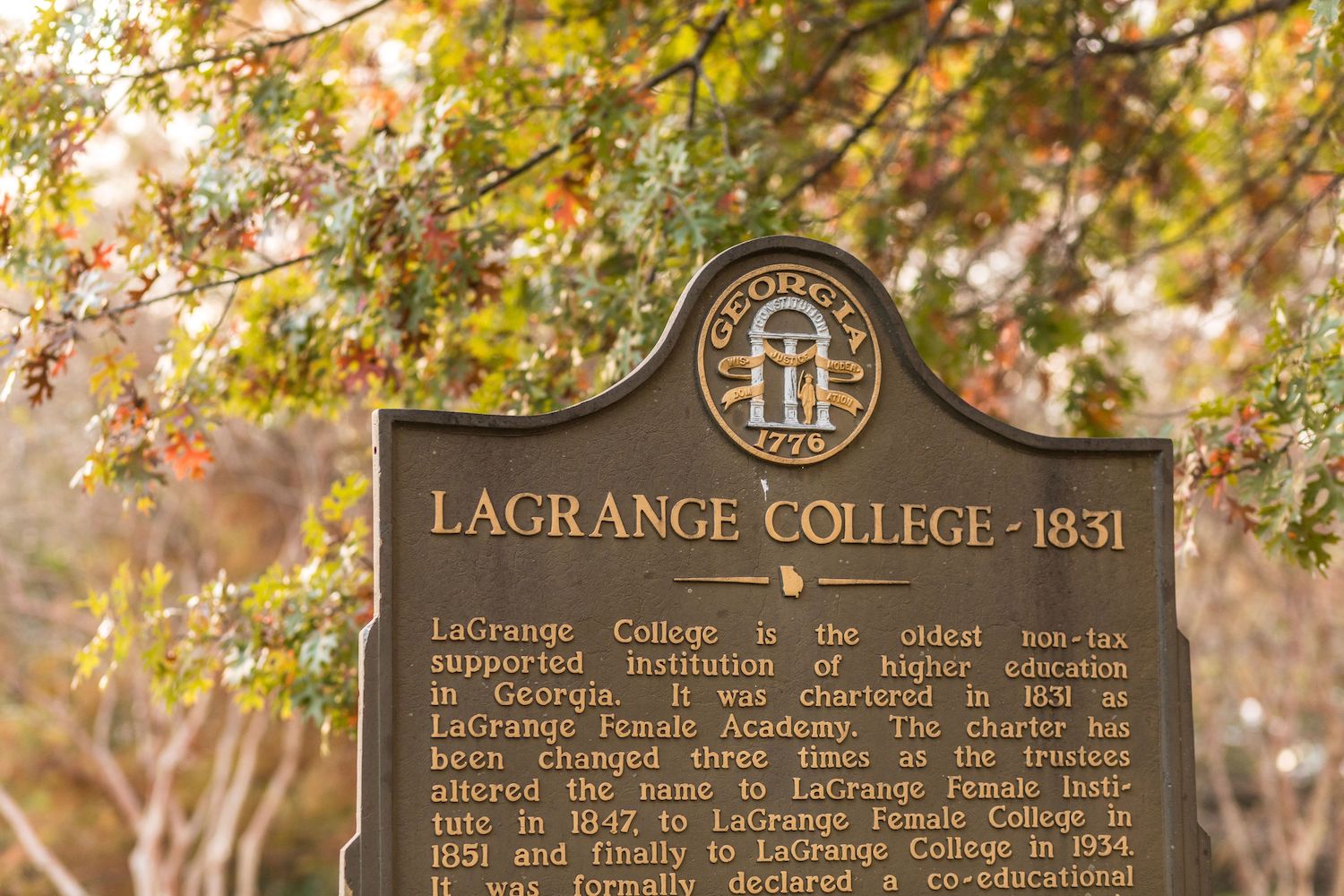
Since its establishment, LaGrange College has lived through a myriad of historical experiences—some of the buildings pre-dating the Civil War! Smith Hall, rumored to be one of the oldest buildings on campus, boasts beautiful architectural designs with hints of its past still there today. Another architectural standout is the college’s chapel. With stones from the Temple of Apollo at Corinth and Saint George’s Chapel in Windsor, the chapel is a must-see for visitors.
Sitting on 120 acres, enjoy a tour of the beautiful campus and learn more about the full history of the college and leave with a deeper understanding of LaGrange.
Sunny Gables Estate
In the 1920s, two sisters in LaGrange used their inheritance to build what is now known as Sunny Gables Estate. The stunning English Manor style home, located nearby Hills & Dales Estate, was designed for the Nix sisters by architects from Atlanta.
In 1973, LaGrange College purchased the Sunny Gables home to house its nursing department. Currently, the home serves as the alumni house for LaGrange College and an event space for the community.
Elms House
Simeon W. Yancey built the Elms House in 1852. Elms House has since been home for many prominent families connected to LaGrange College. The house sits proudly on Broad Street, contributing to the town’s historical charm.
Truitt Vanderbilt Club
In 1914, Cornelius Vanderbilt Truitt hired P. Thornton Marye to design this neoclassical home. Marye previously designed the Sunny Gables home and his firm designed the Fox Theater in Atlanta. Nasor Mansour, who owned a department store on Lafayette Square, purchased the home from Truitt in 1939. The beautiful Mansour house (now called Truitt Vanderbilt Club) is in a prime location only 1,100 feet away from the Square with The Thread running in front and behind the property.
Bailey-Heard Dallis House
Built in 1828 by General Samuel A. Bailey, the Bailey-Heard Dallis house is believed to be the oldest residence in LaGrange. The original two-story Greek Revival style home served as General Bailey’s headquarters during the Creek Indian War of 1836. The home became the meeting place for the infamous female militia, a group known as the Nancy Harts in LaGrange, during the Civil War.
Boxwoods planted in 1861 by Martha Heard Bell, a later owner of the home, have been preserved by the Dallis family.
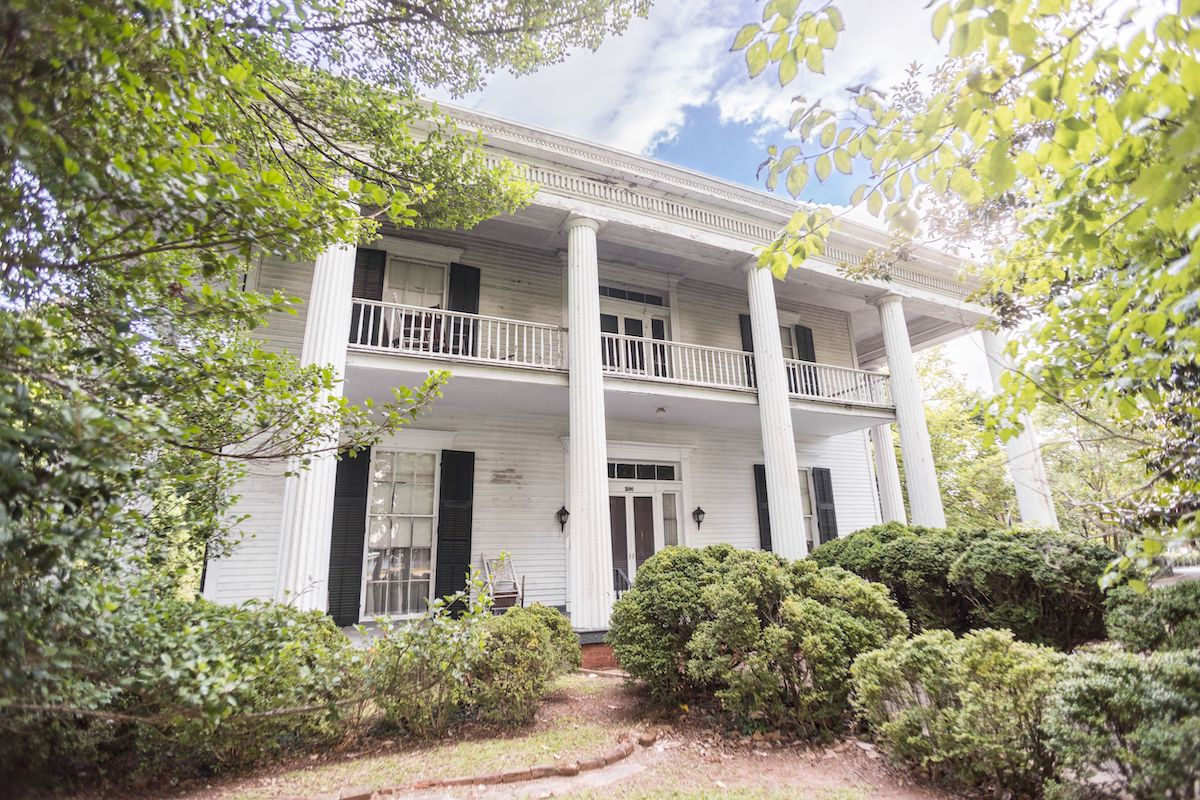
Coca-Cola Bottling Company
In 1886, John Pemberton created the Coca-Cola recipe that started it all. 2 years later prior to his death, Pemberton sold the formula to business tycoon Asa Candler, who in 1892 would incorporate The Coca-Cola Company in Georgia.
In 1908, George S. Cobb Sr. was chosen to lead the LaGrange and West Point territories for The Coca-Cola Company. By the 1930’s, business for Coca-Cola was booming in LaGrange and in 1940, Cobb Sr. built the Art-Moderne style Coca-Cola Bottling Company at 115 Broad Street.
Art Moderne is a streamlined architectural style that grew out of the Art Deco movement. Rarely used for houses, Art-Moderne style buildings were more common for commercial buildings and most popular in New York City and other large metropolitan areas. Something of a rarity in the South, the style is recognized for its rounded walls (often stucco), asymmetrical façade and horizontal lines. The Coca-Cola building we see today was designed by noted architect Otis C. Poundstone. The unique building serves as offices today.
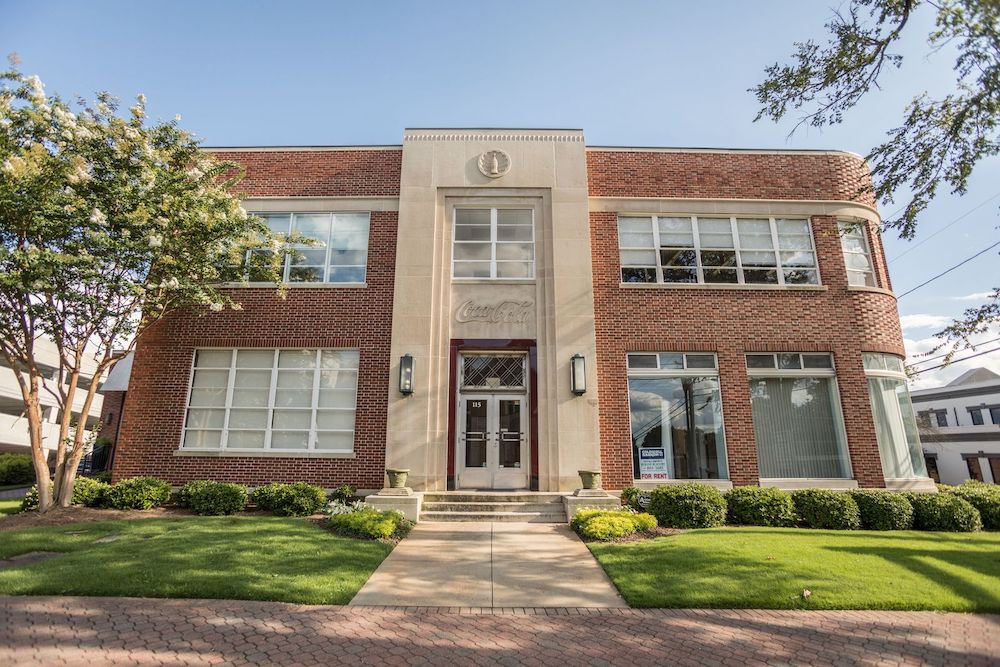
While the museums and estates are not to be missed, another way to appreciate LaGrange’s historical architecture and homes is to take a downtown walking tour through town. Download our downtown walking tour app for an on-the-go complete list of highlights worth noting on your tour.